* (Halloween countdown post #1)
____________
Creepy Twin Boys $179.99
‘Normally, kids are cute. They have an innocent nature that can inspire even the grumpiest adults to get in touch with their inner child. These twins? Well, not so much.’
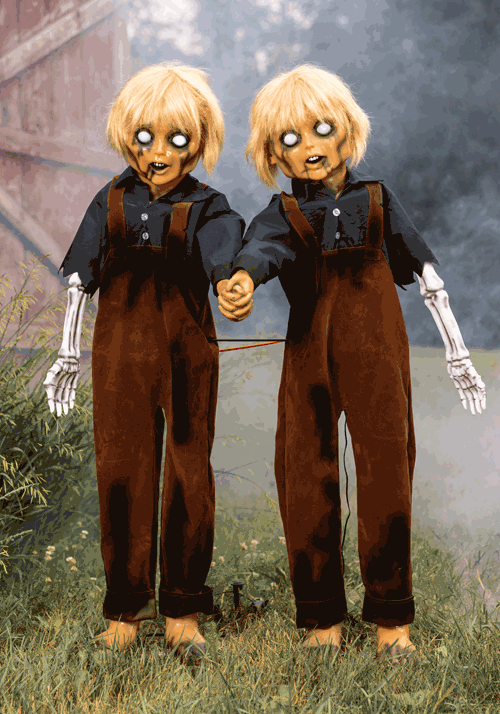
____________
Worker’s Comp $3590
‘As the old saying goes, sometimes it’s better to leave it to an expert. This guy definitely doesn’t look like an expert. There seems to be a short in the electrical system, and he’ll soon be eligible for “Worker’s Comp”. His arm moves up and down, his head moves forward and backward, and both of his legs kick. Additionally, an output is provided to activate flashing lights (lights not included), which coordinate with the soundtrack to simulate electrical shocks. Sound system included.’
__________
Stumpy $3,295
‘Everyone expects the killer to come back to life, but who would expect the decapitated body too? Our Stumpy animation features a decapitated body perched on a realistic bloody tree stump. When activated the body lifts at the waist and turns towards your viewers spewing blood (water) up to 10 FEET out of the neck stump. Animation includes life size victim, realistic tree stump, water blaster setup, all pneumatics and controller with infrared sensor.’
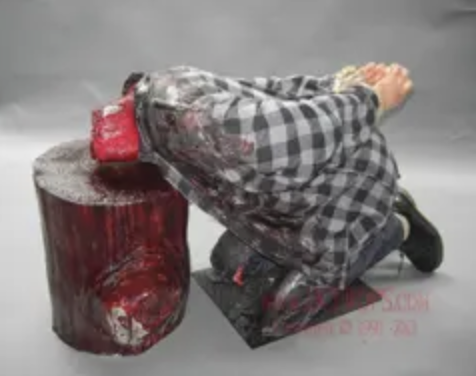
____________
Moving Halloween Trees $1799.99
‘Once plugged in, branches glow steady with bright, amber-colored LED lights, with each section gradually rotating and moving up and down—maybe they’re dancing, or maybe they’re reaching out to grab a guest.’

____________
Body Lifted and Contorted $4299
‘Female character stands then lifts 12’ in the air before having arms and legs broken by an unseen force!’
_______________
Giant Motorized Tentacle $599.99
‘Plug in this monstrous mechanical tentacle and watch it flop!’
_______________
Covid Cougher $3199
‘Covid infected patient stands with snotty rag covering face, then suddenly lifts up and starts hacking and coughing like crazy spraying droplets!’
___________
Evil Tree $5,780
‘This massive animatronic tree has scary glowing red eyes, moving limbs and talking mouth. This popular animated spooky tree has been used in haunted houses, dark attractions, theme parks and more! The height of our Evil Tree is 9′ 6″ tall, and from limp tip to limb tip it is 13′ wide.’
______________
Kid Pencil Stabber $1799
‘Halloween classroom theme gone bad. Horror prop animatronic child stabs a pencil into his own eye. Horrifying.’
______________
Walking Light Up Animated Haystack Rat $9.99
‘Walking Light Up Animated Haystack Rat Halloween Decoration is for you! A sturdy plastic box is covered in raffia “straw” and decorated with a faux fur rat head and a poseable faux fur rat tail. when activated, the hay bale moves across the floor, the rat’s red plastic eyes glow, and the decoration plays a snippet of Grieg’s “In the Hall of the Mountain King.”‘

_____________
Limb Eating Zombie Boy $159.99
‘The Limb-Eating Zombie Boy is an animatronic sold by Spirit Halloween. It resembles a crouching zombified boy holding a severed arm. When activated, his head tilts and turns as his eyes light up and mouth moves to grunting and chewing noises.’
______________
Frankenstein’s Awakening $8,759
‘This is the full Frankenstein experience. Frankenstein lays on table then Dr. throws the switch, sparks fly, then table falls forward and Frankenstein comes to life reaching and grabbing at the patrons.’
______________
Kid Head Banger $2374
‘Possessed evil child Kid in classroom banging his head against the wall until it bleeds.’
______________
Whimsical Scarecrow £359.95
‘Have a cheerful Halloween by adding this friendly 6-foot Whimsical Scarecrow to your décor this season. The Whimsical Scarecrow turns side-to-side and has a light-up JOL face and crow’s eyes. His whimsical sayings joyfully invite your guest in with smiles, serving as a friendly remainder to bundle yourself up and keep your pumpkins safe this year.’
______________
Left for Dead $3,600
‘Looking for a brutal gunshot animation? Our Left for Dead Gunshot Victim animatronic prop is just that! A very graphic and brutal prop that features a bound victim gaged by a double barrel shotgun in his mouth. When activated the victim trashes his upper torso and legs violently in attempt to free himself before both barrels go off creating a loud bang and expelling brain matter (water) out of the back of his head. Animation features a unique mechanism and mounting platform that allows the animation to move in multiple organic ways to simulate a realistic struggle. Prop includes life size victim, replica shotgun, blaster setup, burlap hood, all pneumatics and controller with audio player and infrared sensor. Approx. size 42″ x 20″ x 34″’
______________
Wake Up Dead $498.00
‘Wake Up Dead is a bloody Frightronic, all electric, animated haunt prop. This hand painted and blooded prop is crafted at Distortions Unlimited and built to last. Just plug her in and she shakes. Wake Up Dead appears to be gasping for air as she shakes under a blood soaked sheet. This creepy prop, can be used in a variety of horror scenes.’
______________
Fashion Retail Mannequin NFS
‘Next generation mannequin robot for fashion retail windows display.’
______________
Face Off Kid $2399
‘Kid in dirty pink bunny costume stands with rabbit mask, then drops the mask revealing his monstrous face!’
______________
Killer Boy Slinger $2699
‘Kid hides around corner, then shoots out 90 degrees as arm lifts holding a knife with head up and down movement.’
______________
Dancing Corpse Flower Potted Plant $29.99
‘Guess what? A corpse flower exhibit is coming to the neighborhood! Most people go their whole lives without catching a glimpse of these incredible plants…and you know what, that’s ok, because it turns out that they’re bloodthirsty.’

_________
Sally $959.97
‘Bigger than life, Sally giggles as she wiggles.. but still is a little bit creepy! Just plug her in and watch as she moves and laughs! This animated prop features: Sally is approximately 70″ tall. Includes Soundtrack on CD to play in your CD player. Costuming may vary. Made of Latex and foam with metal armature.’
_____________
Driller Killer $4699
‘Deranged torturer stands behind victim in a chain drilling into his temple with an electric drill. When triggered the driller releases the victim who flails crazily!’
_____________
Split Pete $2,400
‘The movement is bearing loaded, no metal on metal pivots in our creations. we build these the best we know how, to last for several seasons. This guy rocks so you will have to attach his base to the floor. And if you want several of these but you don’t want them exactly the same we can do the mouth on all of them. But add arms, different heads other parts like creature legs etc…. Very customizable.’
_____________
Child Patient NFS
‘Features: *Various facial expressions and body movements such as: -Squirming to express a child’s nervousness and anxiety. -Unexpected movement of the head, tongue, arms and legs to simulate a child’s resistance to being treated. -Crying and screaming responses to convey a child’s refusal to receiving treatment. *Replicates systemic accidental symptoms such as: -Convulsions stemming from acute attack and anaphylaxis shock due to local anesthesia positioning.’
_____________
Cable Commando $3240
‘This incredible character can be programmed to move in either direction at variable speeds. He simulates a commando on a zip line as he moves back and forth shooting at your guest. Gun shots together with bright flashes from the end of his machine gun give the strong impression he’s shooting back at you. His erratic speeds and directional changes make it very hard for someone to anticipate his next move. Sound system included.’
_____________
Hanging from Achilles $2599
‘Body hangs from hooks through his feet with hands bound behind his back and a sack over his head, then thrashes violently!’
______________
Lava Demon $270
‘Unleash a burning evil this Halloween — the Lava Demon! This animatronic demon features a head and hands lit like magma, a devil’s tail, and goat hooves and horns. When activated, the demon turns side to side and warns passersby of the eternal suffering that awaits them. Hook the demon up to a fog machine, and he releases fog through his horns.’
____________
Prized Kill $1,200
‘Appearing as a static trio of wall mounted deer skulls, this prop sits motionless until activated when the skulls slide down and outwards almost 90 degrees to point the nose mounted spitter directly at your viewers head level. Prop moves in a unique way to disguise the movement mechanism in both retraced and activated positions. Comes standard in a bone finish, but available with blood or mossy finish upon request.’
_____________
Kicking Legs DIY
‘This prop has lasted the last three years and ran around 4 hours a night for the 3 months total. Every time we think about retiring him people ask about him. It has been placed under a lawn mower with blinking puck lights to simulate spinning blades and speakers of a guy yelling “help me,” to being pulled into a freshly dug grave in which we really dug a huge hole in the front yard, to being pulled into a glowing coffin with a skeleton inside. It is one of our favorite motorized props for the yard or home haunt. The cemetery and graveyard wouldn’t be the same without him.’
______________
Evil Triplets $299.99
‘From ancient omens to pop culture, triplets have always had a unique and sometimes eerie significance. Some cultures viewed them as harbingers of good fortune, while others whispered about them being omens of upcoming calamities. But what if we added an extra dose of horror to the triplet tales? Drumroll for our Evil Triplets Animatronic Halloween Decoration, exclusively made by us—your perfect spooky addition this season!’
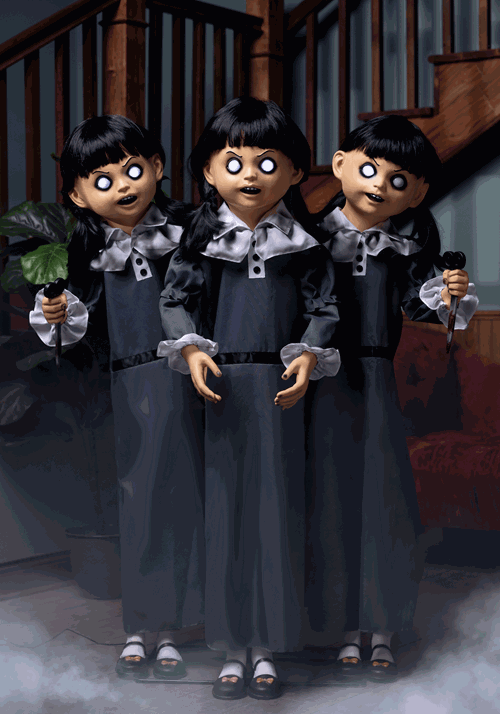
_______________
Kid Paper Cutter NFS
‘Kid paper cutter is for a school classroom themed haunted house. A grotesque example of a possessed evil child cutting his own hand off with a paper cutter.’
_______________
Vampire Bat $6,240.00
‘Our giant Vampire Bat animatronic features a lot of movement. The head features three movements: turn, lift, and moving jaw. The arms lift to showcase the detailed wings. Power: pneumatic, a minimum of 100 psi.’
_____________
Tree Shaker $244.99
‘Pneumatic mech designed to shake an artificial tree or bush like some sort of creature is rustling around in the woods.’
_____________
Frothy Snowman $4,560.00
‘Frothy Snowman animated version. He is one pissed off Snowman w 4 arms ready to grab and strangle anyone who wishes him a Merry Christmas. Bah Humbug!’
_______________
The Skinned Table Slammer $1799
‘Life Size and Life like Cast Resin Slamming Body Prop New and Will Shock even the most Hardened Guest as they have never seen anything like this before …’
_______________
Crawling Monster Hands $499
‘Our Crawling Halloween Monster Hands are perhaps the scariest thing ever to crawl across any table. Just turn these animated hands on, and these harrowing hands begin to “walk” on its own while making a bone-rattling tapping noise.’
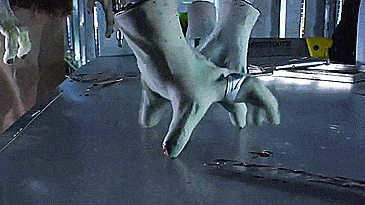
________________
Hooked Helen $648
‘Hooked Helen shaking hanging lady. All electric. Includes link to download Frightronic audio track. Clothing may vary.’
________________
Mutant Monster Octopus $3999
‘”It Came From The Deep.”‘
_______________
Trick or Treaters $4995
‘4 trick or treater kids mob together, then mob shoots out 5′ while ghost raises up 12″, Arms lift with stabbing motion while holding knifes, 3 heads move. Scissor throw can be Longer or shorter if needed. 5 foot, 3 foot, 2 foot throws options available.’
___________
Can-nibal Corpse $5299
‘Ghoulish mad scientist is stuffing victim into a toxic barrel. Lid is slammed down, then reopened to reveal a horrible melted mutant!’
___________
Tug O War $499.99
‘Terrify visitors with this frighteningly realistic Tug of War Animated Clown Prop! The two clowns stare at onlookers as they wrestle over a clearly panicked child. The clowns are wearing striped and polka-dotted clothes and big shoes, and their haunting faces have sinister makeup.’
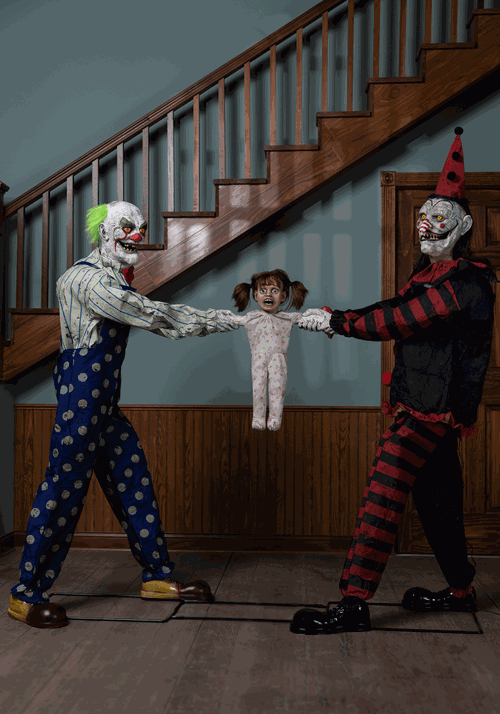
*
p.s. Hey. ** Charalampos, Hi. Everyone, Charalampos (Tzanakis) has some new sentences up on the donotsubmit site and you might want to check them out, I think, right? If so, go here. I’ll get to them as soon as I can. I’m still film heavy. Vibes galore of a positive nature from dreamily chilly Paris. ** Bill, Hi. That cat-riding chandelier was from an ancient ‘Our Gang’ comedy. Oh, you’re in New York! Fantastic that you’re doing gigs there! I’ll hit that stream this weekend, Fantastic. It’s been too long. Oh, wait, there is no stream there, shit. It’s a dead duck. Maybe they’ll archive it? How was the gig with Chris Burns? Have and create a blast, sir. And talk you after the break. ** _Black_Acrylic, That looks fun at a peek. I’ll dwell within it in a bit. Everyone, Apropos of yesterday’s post, _Black_Acrylic has a find for y’all: ‘Back in the 20th Century there was a BBC sitcom called Only Fools and Horses that featured a classic scene of 2 brothers attempting to clean a chandelier. 4 minutes of supreme physical comedy there.’ It’s here. Thanks, pal. And that is divine news about the Flash Fiction. I’ve been biting my nails, literally, awaiting its triggering effect on your internal prose machine. Awesome! ** Dee Kilroy, Thanks, Dee. It was nerdy fun to compile. Did I not have a lightless chandelier or two in there? Maybe not. Trust me, if I’d come across a gif of the ‘Lord of Illusions’ prop, it’d have been in there. You good? May the weekend wash over you. ** Mark, Hey, Mark. Oh, cool, I like Fred Wilson’s work. Those look tasty. The Kuchars, fantastic. Guaranteed mindblow right there. Have the obvious and real fun. ** LR, Hi, Luke Rathborne. Yeah, the decade hasn’t been too shabby in a lot of respects. Thank you about VOIDLAND. I want it, of course. Is it a postal thing? If so, write me at denniscooper72@outlook.com, and I’ll send you my mail-related coordinates. Thanks a lot. Bonjour/soir from you know where. ** Steve Erickson, Nice: the screenings. I’m curious about the Preciado film. Interesting. We still have a few technical things to do before we submit the film later today. Then we’ll probably take a couple of days break before going on. Most of what we need to do to go forward requires funds, and we still have none, so we have to enter the shitty mind state of trying to figuresout how to scrounge said funds up. Otherwise, Elias Ronnenfelt of Iceage/Var is publishing a book of poetry, and I’m going to a reading/signing/musical performance by him this afternoon. And hopefully see a film that isn’t ours at long last. What’s your weekend? ** Misanthrope, Me funny? Aw, gosh, thanks. I guess I know wilder women than you do? It’s supposed to rain here too, and I’m blissed at the prospect, weird me. Make that something you’re doing something. ** Cody Goodnight, Hi. I’m good. Thanks! If I get to LA for Halloween, there’s a Halloween Rob Zombie + Alice Cooper concert there that I’d love to see. If you watch the recent ‘Apes’ movies, avoid the first one with James Franco. It’s not good. The second and third ones are … what they are, which I quite liked. Nice Halloween-y screening you had there. I need start watching horror films again. What’s around? Have a deliciously spooky weekend, my friend. ** Okay. It is officially the beginning of Halloween season here on the blog, and I initiate that phase as I do every year with a display of the animated props I most crave to come across if not plunk down in my apartment. See what you think, and, if you can afford it, buy me one or several of them, thank you. See you on Monday.
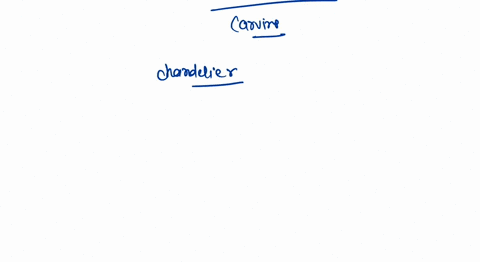
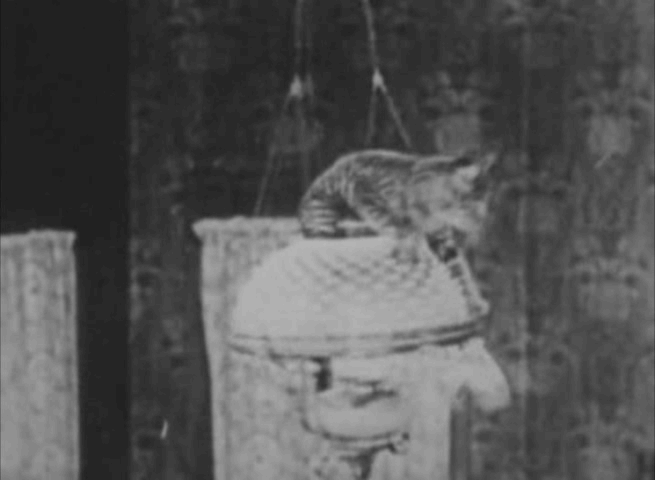
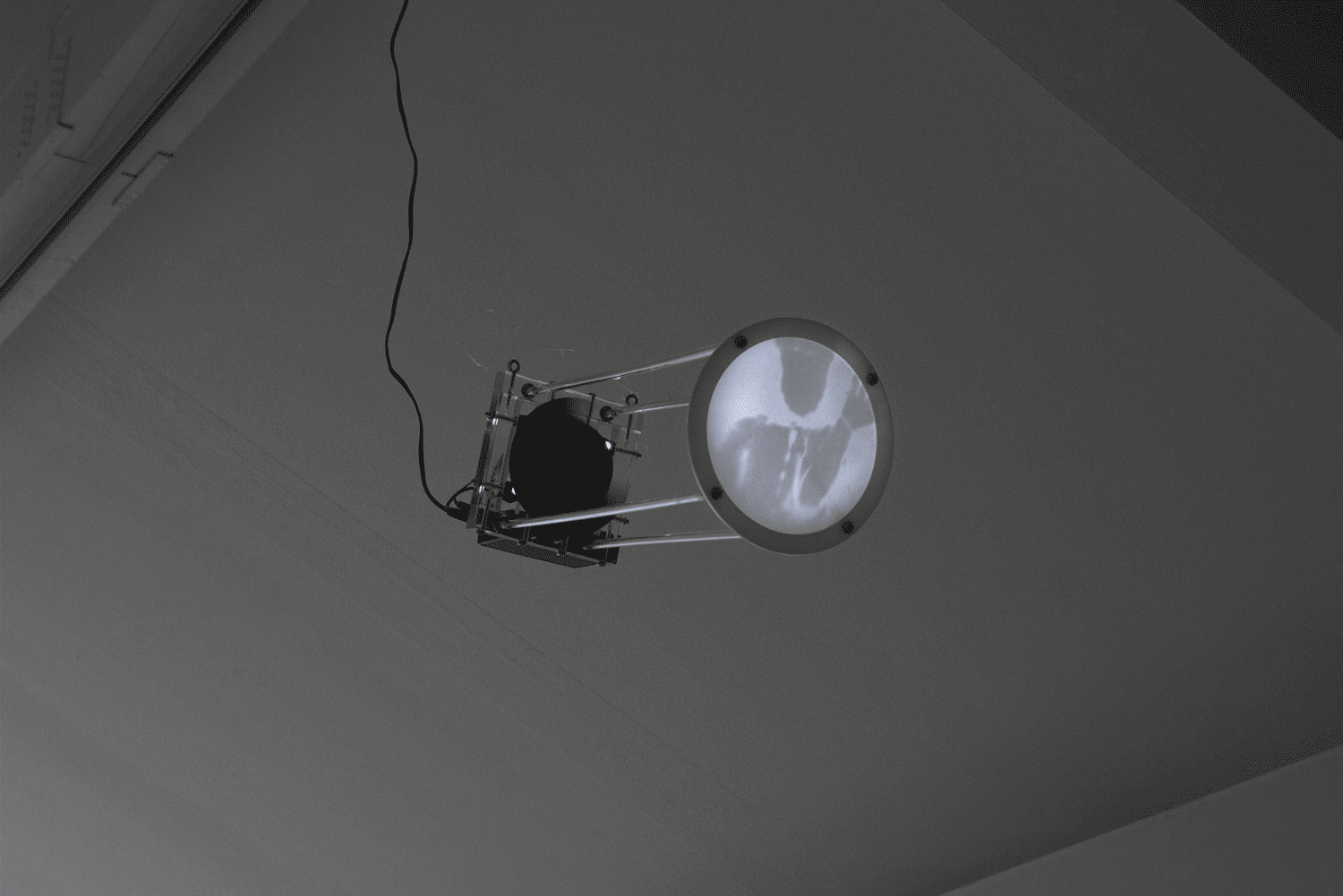


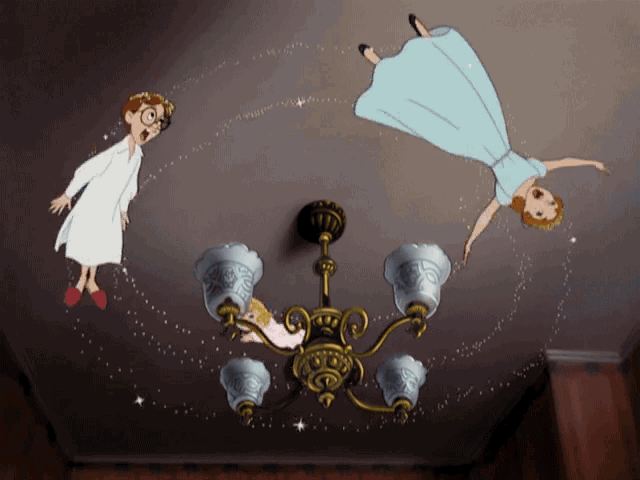
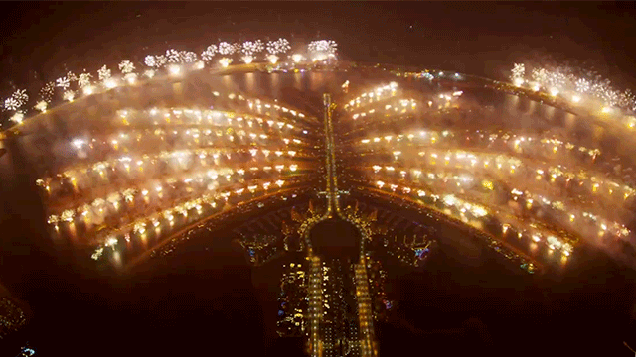



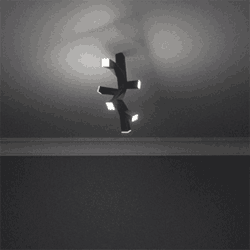




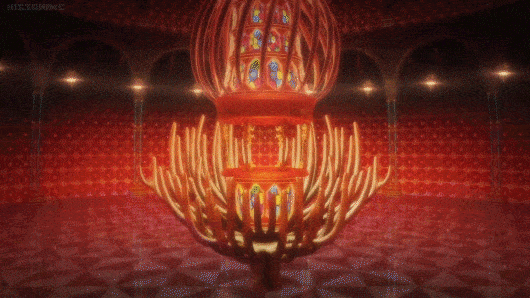



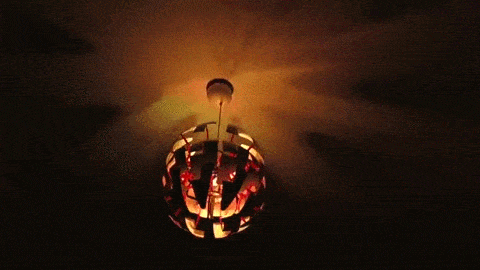




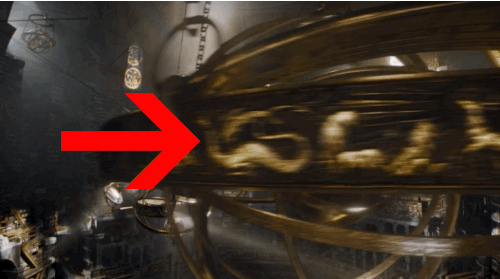



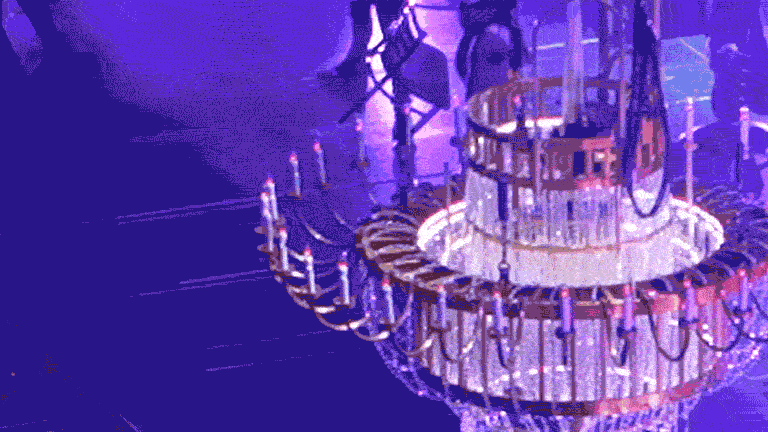

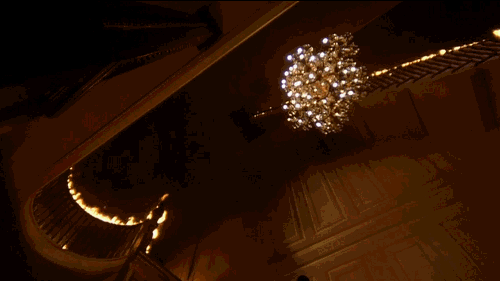
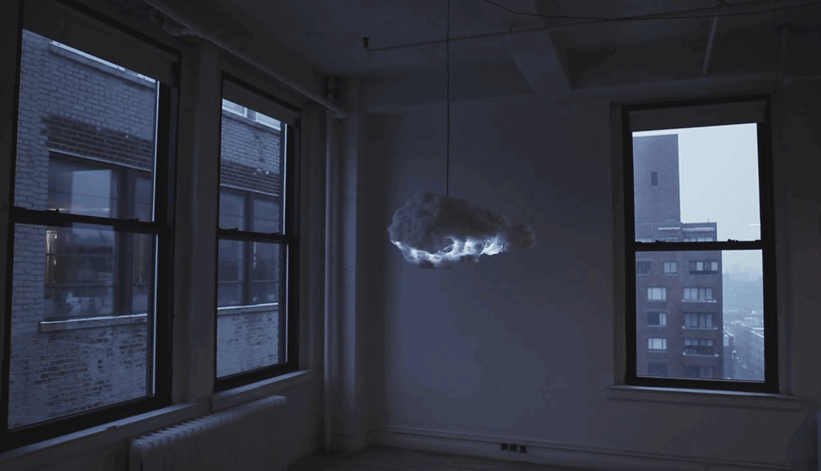
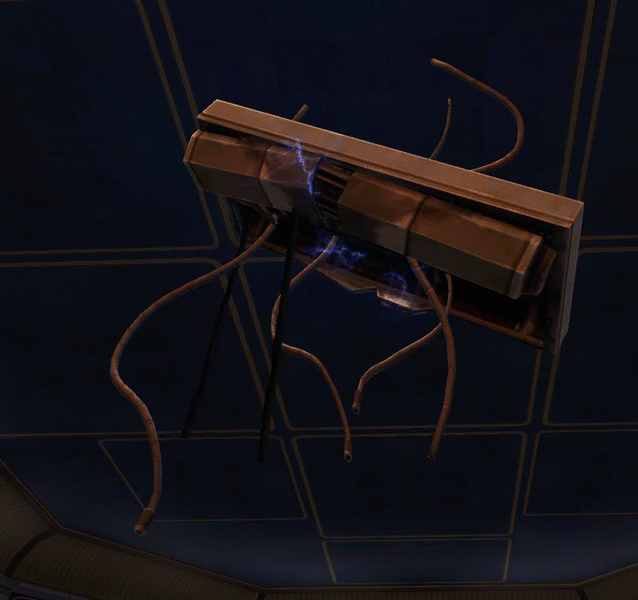
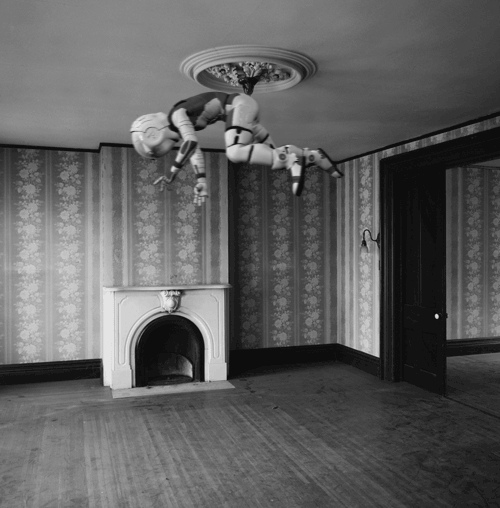
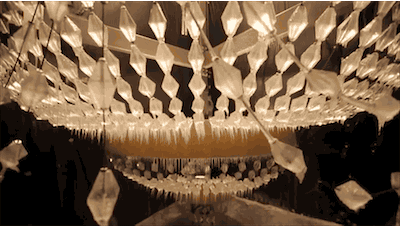
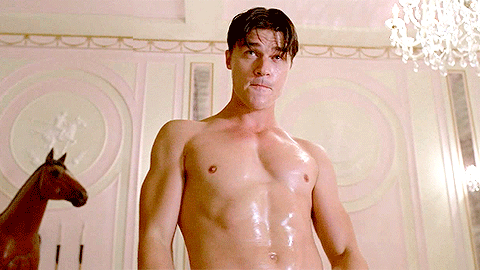


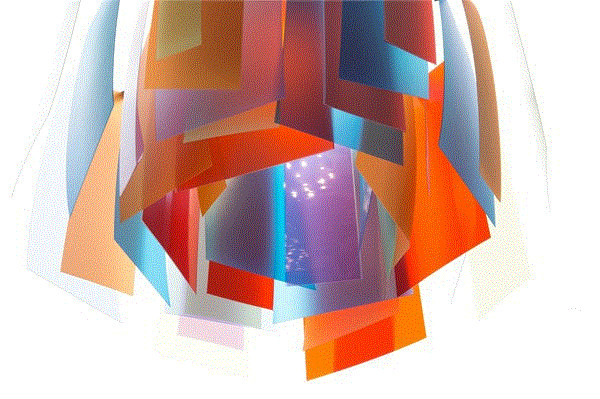
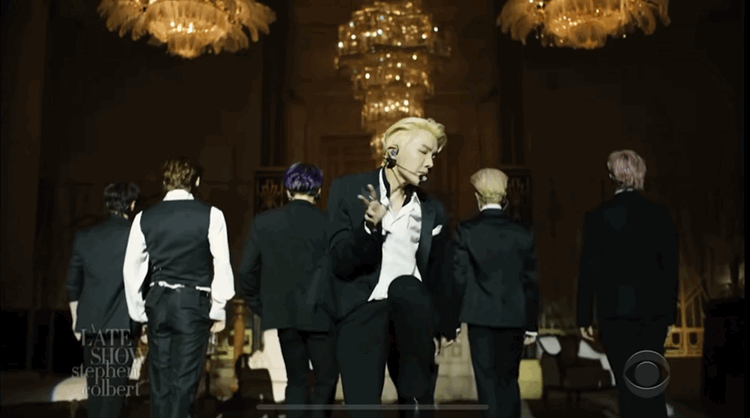
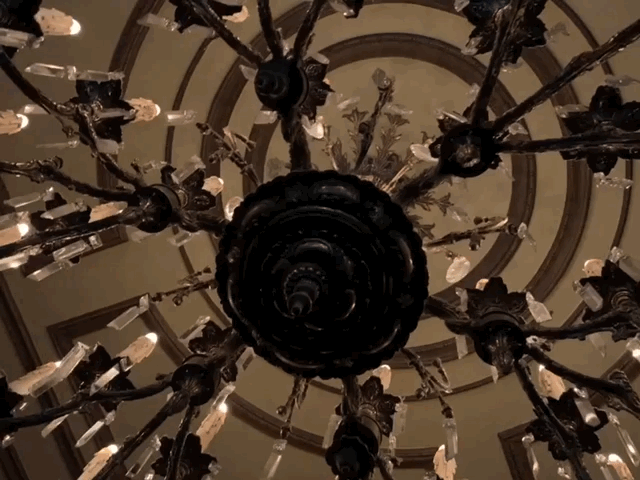
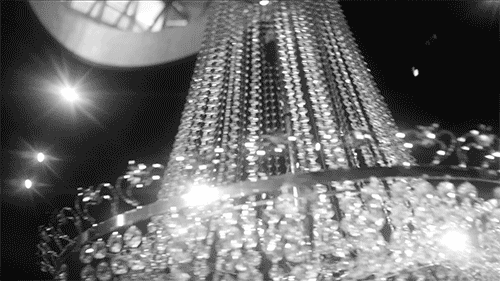
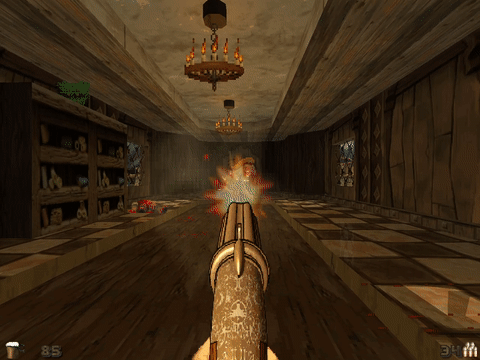
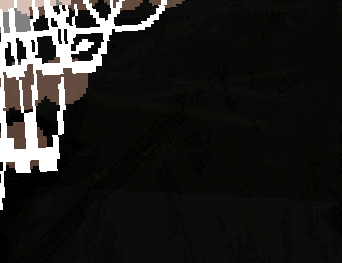
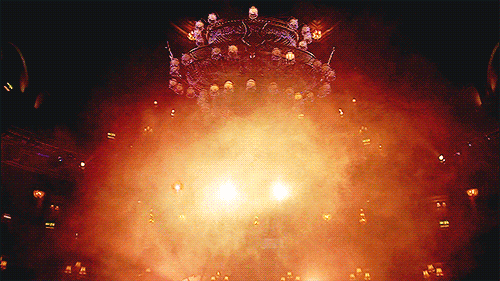


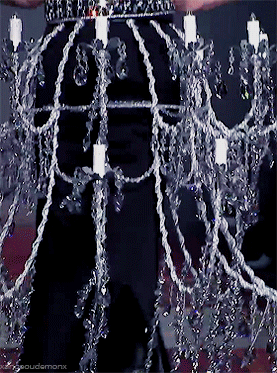

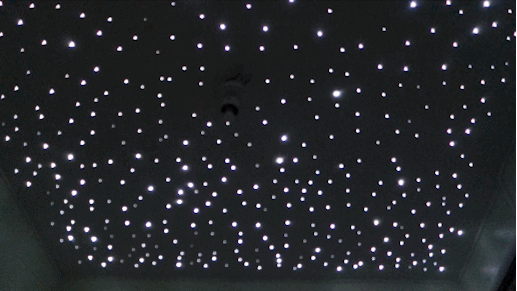




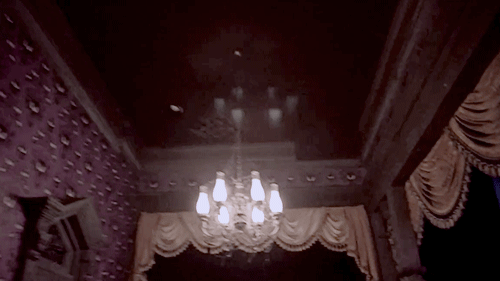
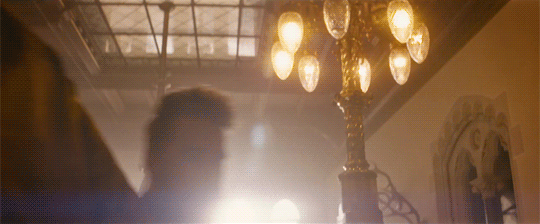
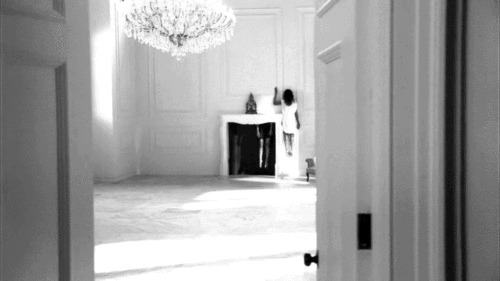
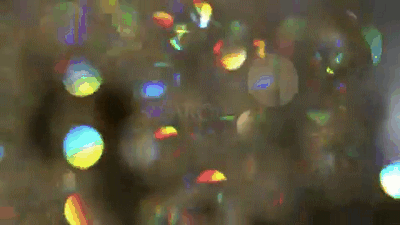









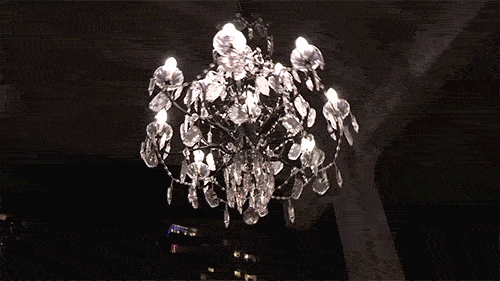
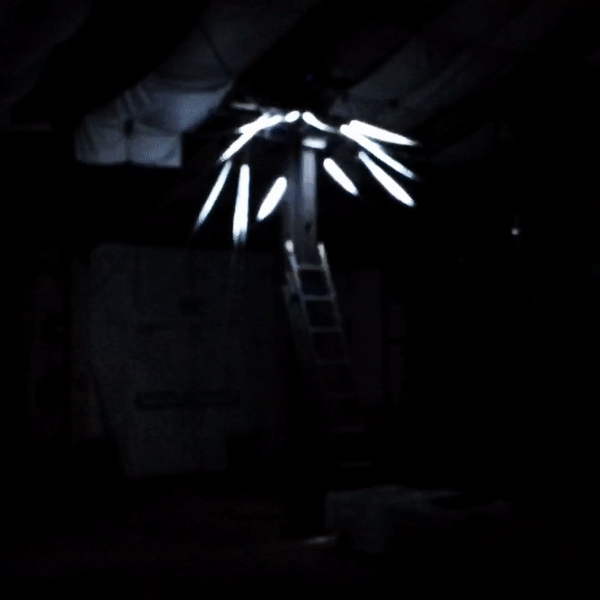
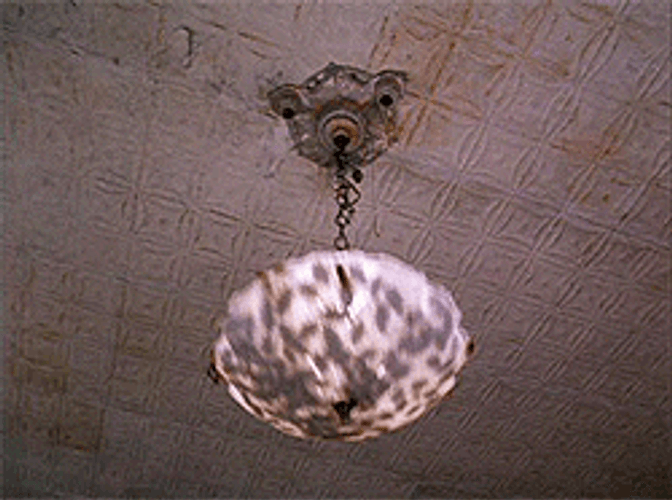

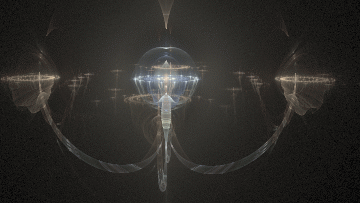
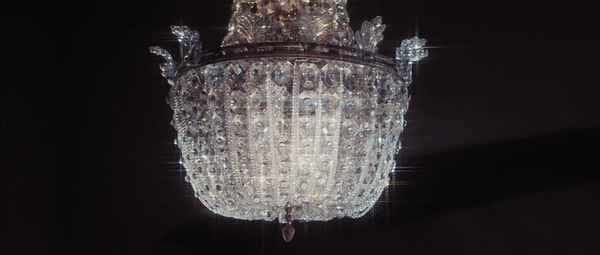
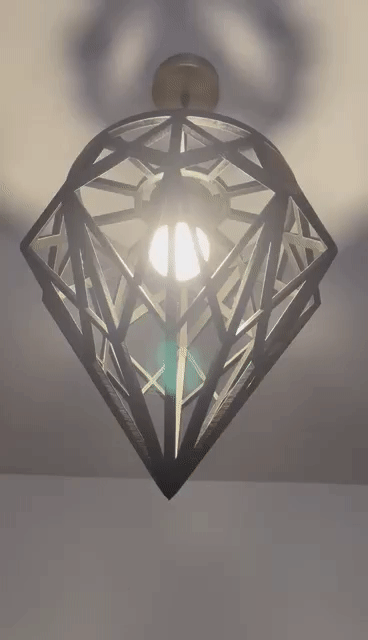
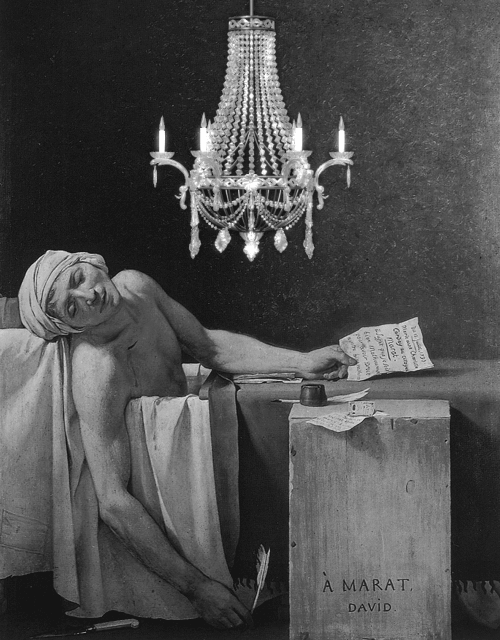











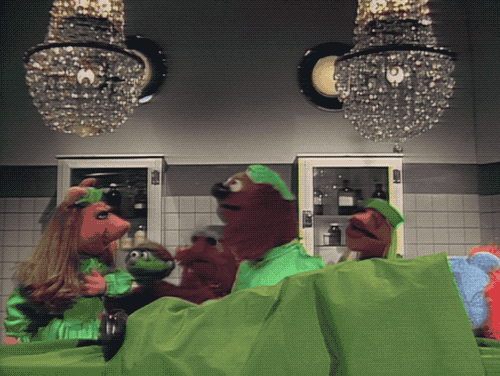
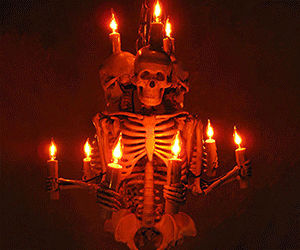
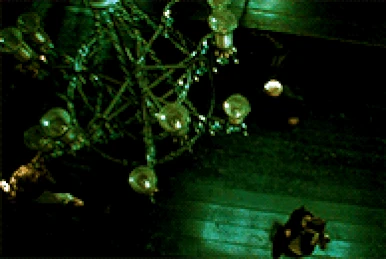


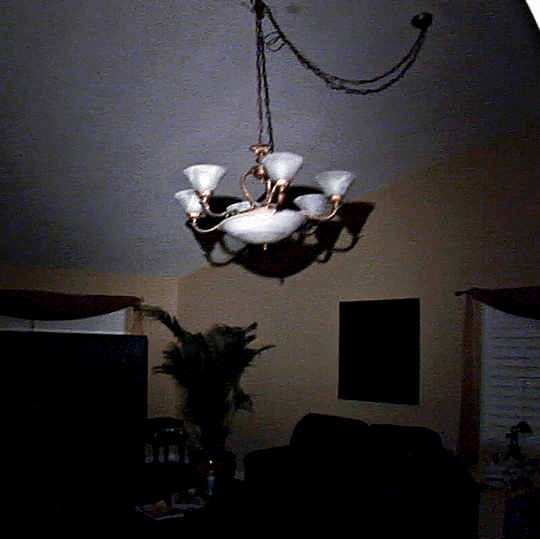


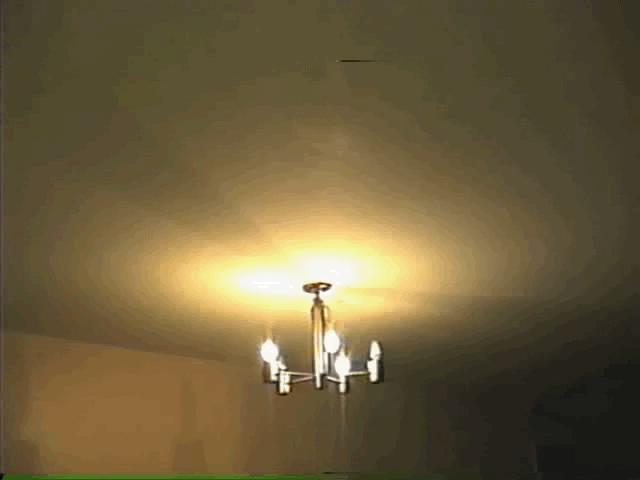
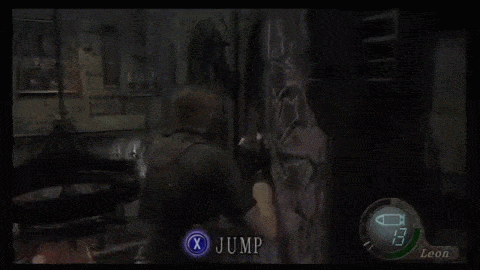


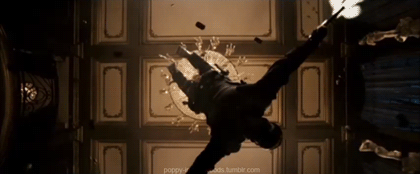
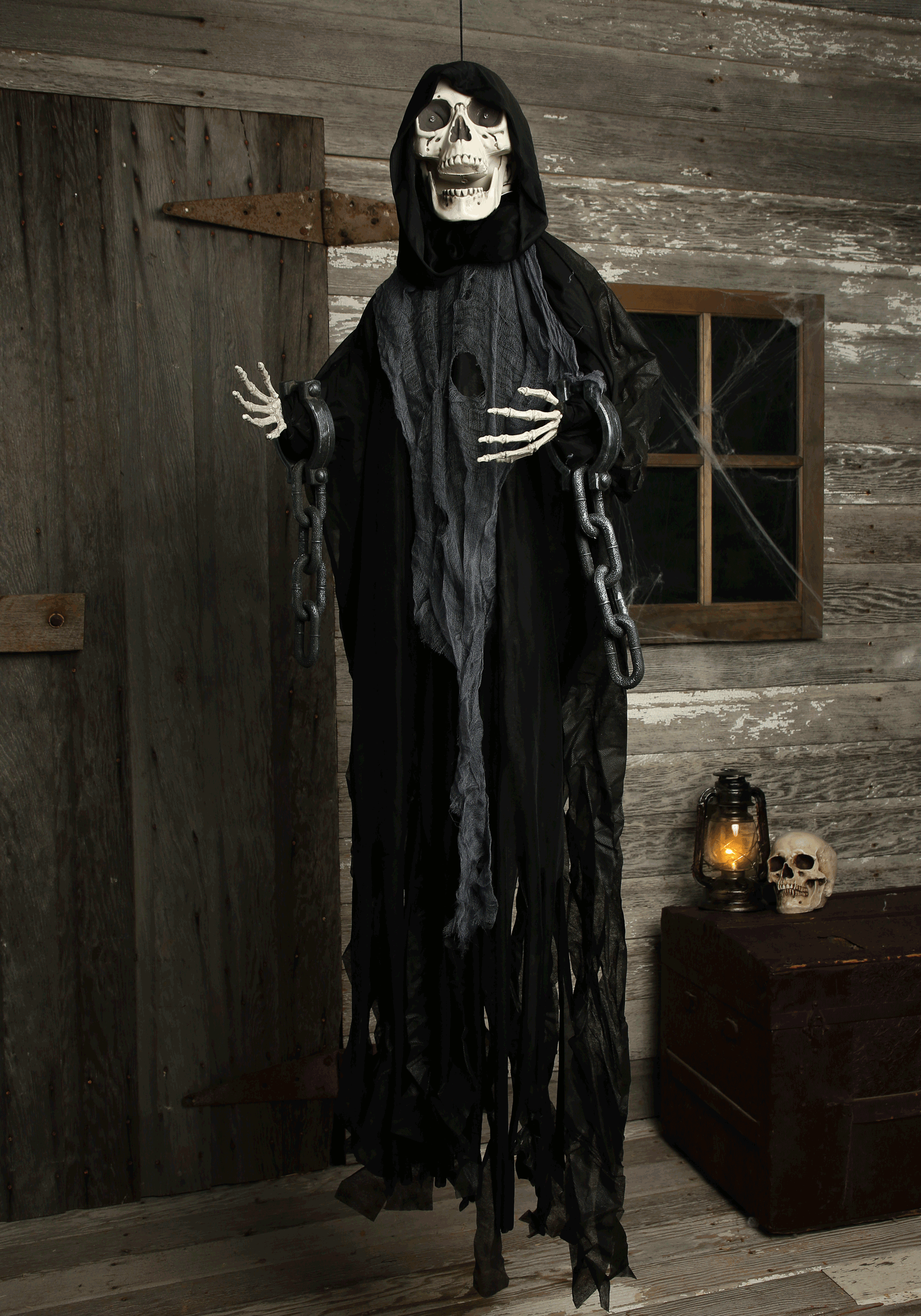
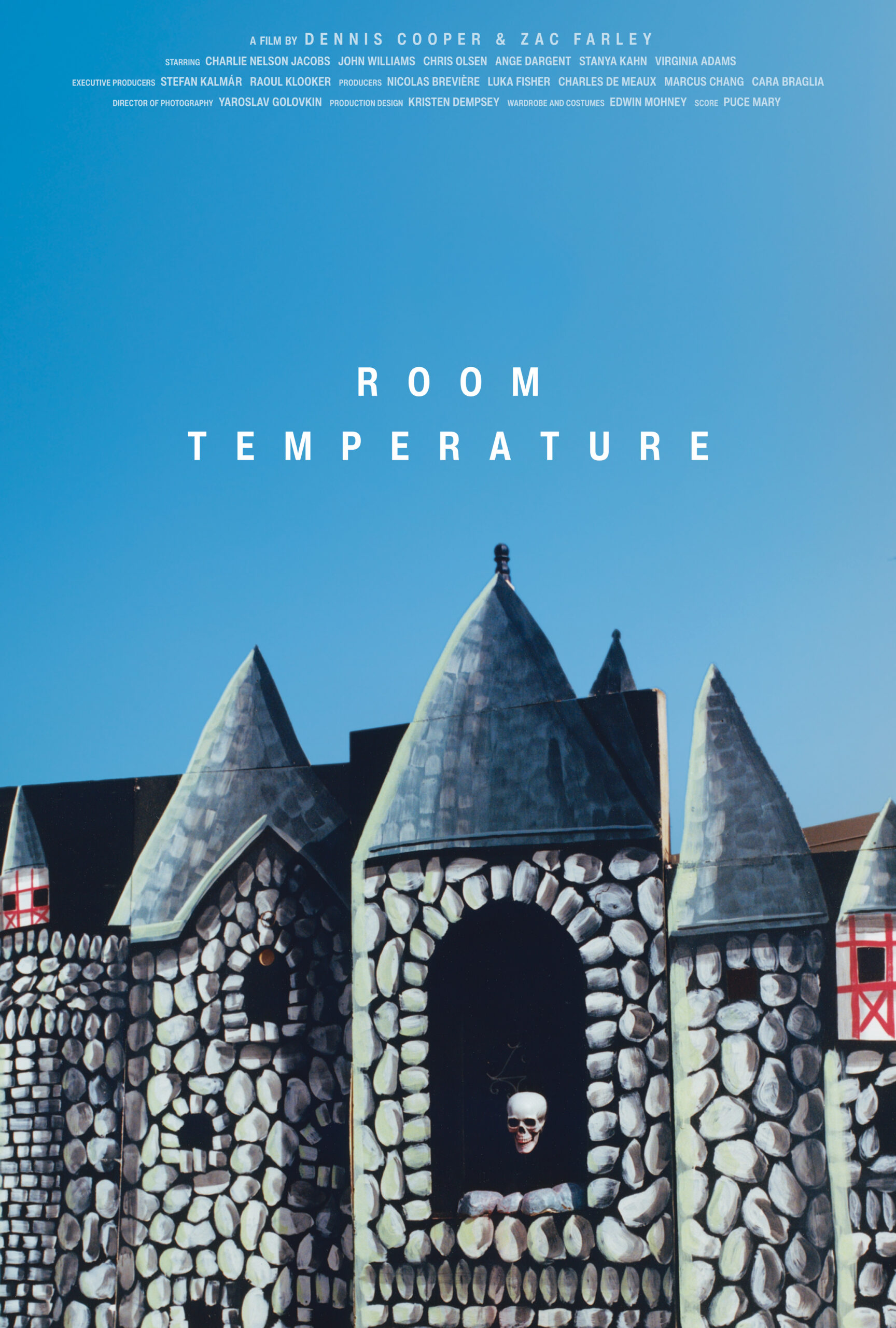



 Now available in North America
Now available in North America 